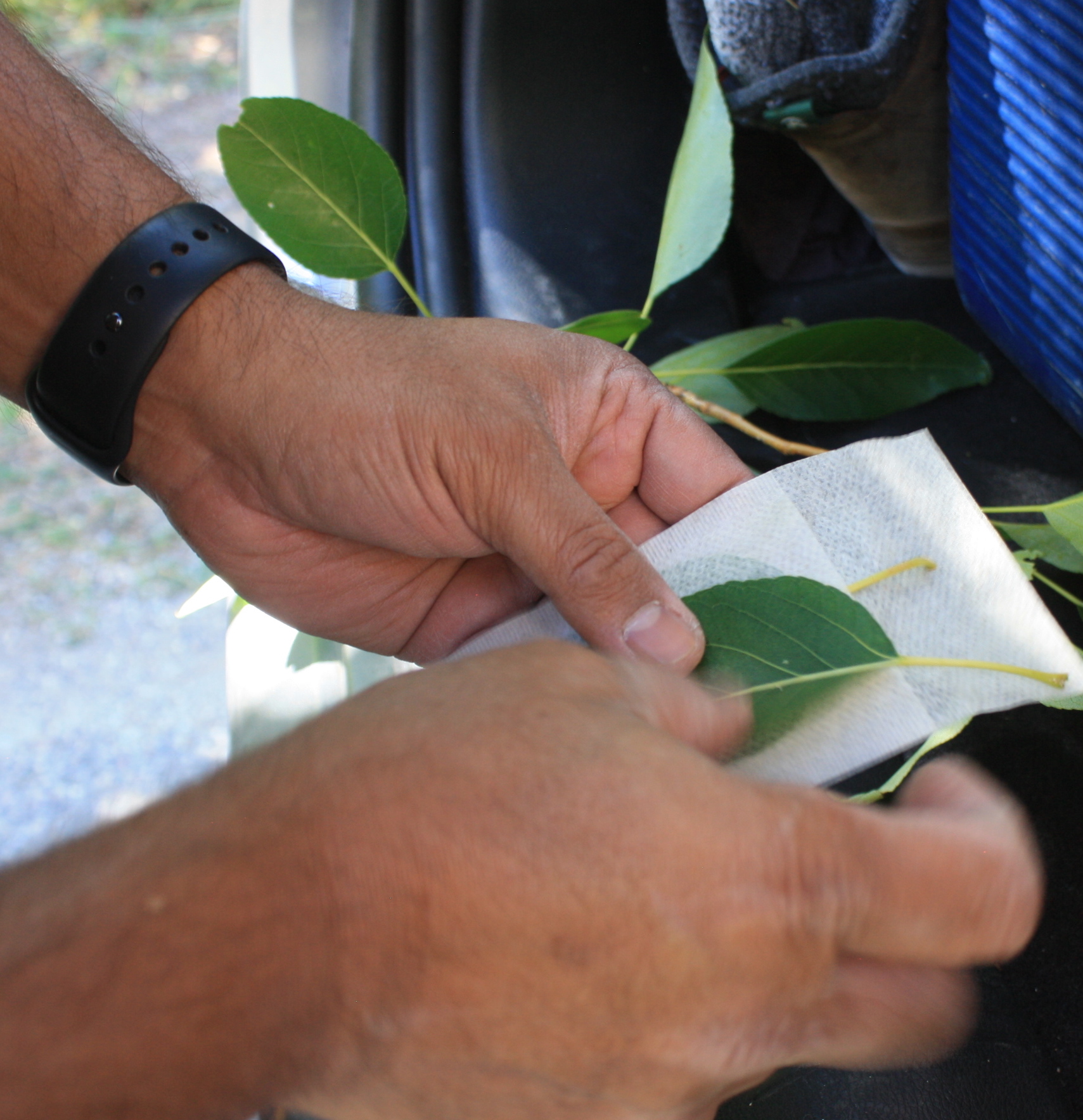Research
How do evolutionary processes shape the Standing Genetic Variation (SGV) that serves as dormant potential for adaptation to changing environments? Can we determine future adaptive trajectories of species based on what we know about their SGV? Can we reliably identify local adaptation events occurring along environmental gradients and disentangle them from non-selective demographic effects such as genetic drift and population history? My research program is primarily driven by these questions, which I address by applying computational methods to population genomic data on genetic variation sampled across species distribution landscape.
Current Projects
1. Fine-scale Analysis of Adaptive Introgression in a Populus Species Complex
Hybridization may sometimes result in adaptive introgression in suboptimal habitats where one species might preferentially draw on genetic variation from a different species which confers adaptation for survival in such environments. We found evidence for this in genus Populus in the Central Rockies of the United States and Canada. Our study was highlighted by Kronk & Suarez-Gonzalez 2018 for its role in understanding evolution in syngameons.
My work on poplars, particularly on hybrids in the Rocky Mountains is continuing. Currently, I am analyzing populations within Wyoming at a finer scale to understand the process of adaptive introgression.
 Preparing leaves for quick desiccation with silica gel (July 2020)
Preparing leaves for quick desiccation with silica gel (July 2020)
2. Transcriptomic Profiles of Genes Involved in Adaptive Introgression
In our adaptive introgression paper referenced above, we identified a set of SNPs that were preferentially introgressing from P. angustifolia into P. balsamifera in our study populations. The gene enrichment analysis showed a number of biological processes these SNPs were involved in.
In this project my goal is to periodically sample vegetative buds from three populations along the southern range edge of P. balsamifera throughout winter and study their RNA expression profiles for a comparative analysis. This project is underway during Fall 2020 and Winter 2021.